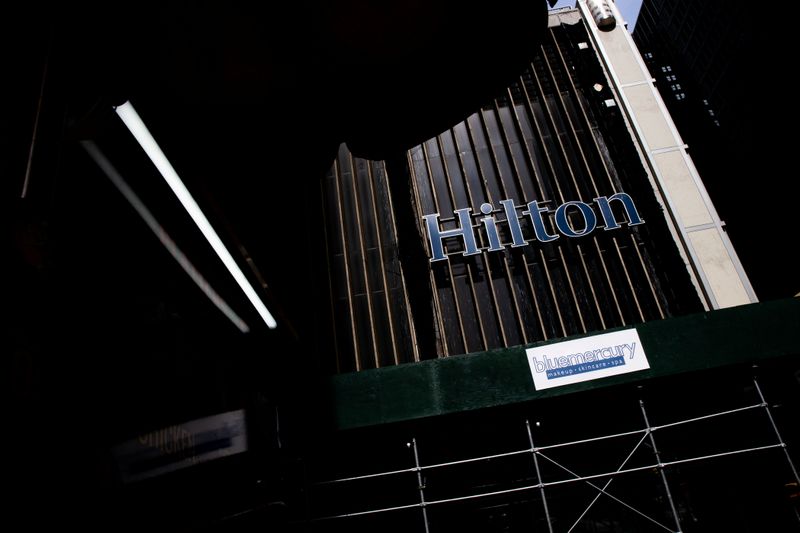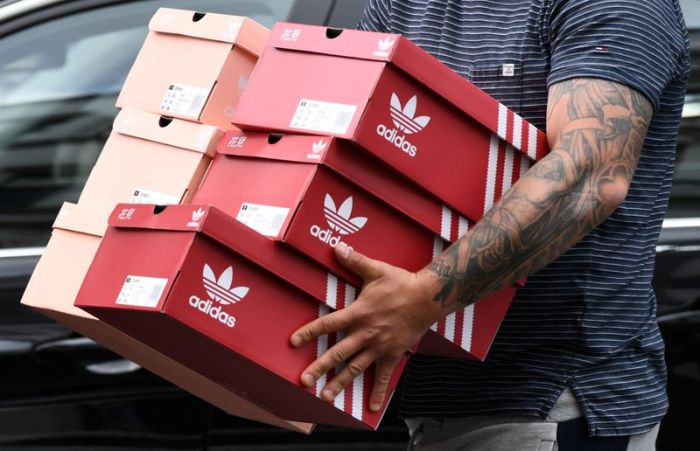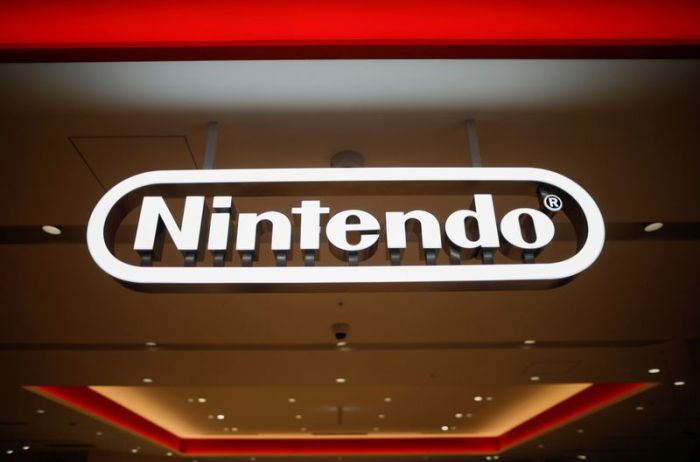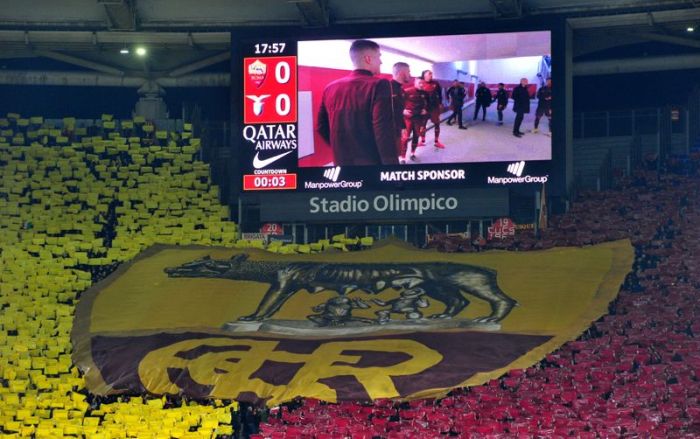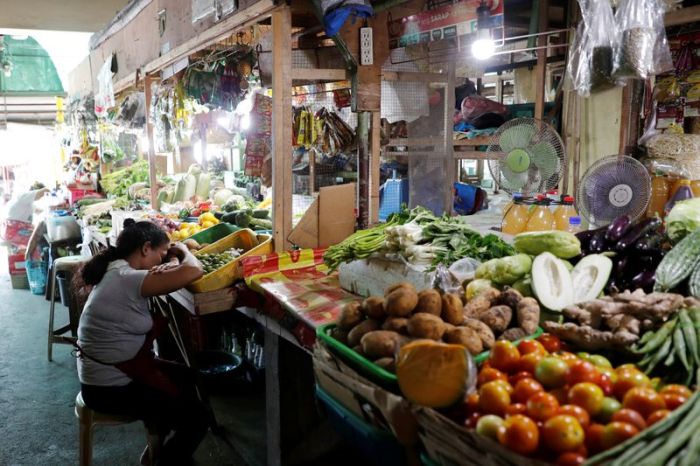(Reuters) – Hilton Worldwide Holdings Inc <HLT.N> said on Thursday it expects its room occupancy rates to improve by 5% by early fall as economies reopen gradually, and predicted it would take at least two years for demand to rebound to pre-coronavirus levels.
Shares of Hilton rose as much as 1.2% on the positive outlook, reversing course from premarket losses after the company reported an 81% drop in second-quarter revenue per available room (RevPAR) – a key performance measure for the hotel industry.
“I think about the shape of the recovery so far, which has gone from a low of a little over 10% to now running 45% and moving our way up to 50%,” Chief Executive Officer Christopher Nassetta told investors on a post-earnings call.
“That is a lot of improvement over a relatively short period of time.”
Hilton’s results come amid rising coronavirus cases in the United States and extended disruptions to travel that is leading to tighter corporate travel budgets.
Since April, U.S. occupancy has more than doubled to about 48.1% as of July 25, according to data from research firm STR, as coronavirus-led lockdowns eased and businesses reopened.
Other industry estimates of overall U.S. hotel occupancy say it fell to as low as 20% in April.
Hilton did not give details for hotel occupancy levels, but said they increased 20 and 15 percentage points in the United States and Asia Pacific, respectively, between April and June.
Hilton’s recovery has been faster in Asia-Pacific and the company has reopened all of its hotels in mainland China.
On an adjusted basis, Hilton posted a loss of 61 cents per share, much bigger than the average analyst estimates of 31 cents, according to Refinitiv IBES data.
Revenue plunged 77.3% to $564 million, below estimates of $848.7 million.
(Reporting by Ashwini Raj; Editing by Maju Samuel)

